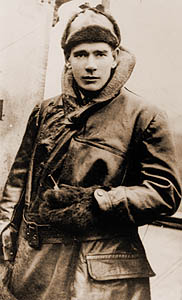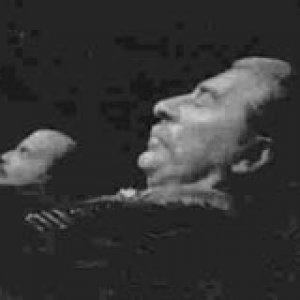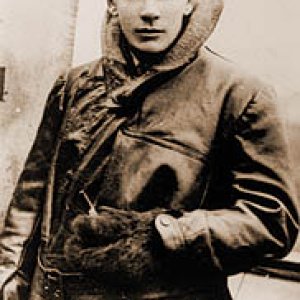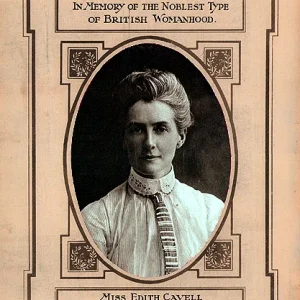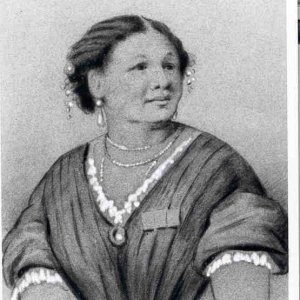- Extended Description
- Born on 24 May 1887, the son of a serving British Army NCO, Mannock was in Turkey on the outbreak of the First World War.On repatriation, he joined the RAMC and then obtained a commission in the Royal Engineers before transferring to the Royal Flying Corps in 1916. His operational career began in April 1917 with a posting to No 40 Squadron. By the time he joined No 74 Squadron, as a flight commander in February 1918, he had been credited with 16 enemy aircraft. Flying SE5s, he claimed a further 36 aerial victories before he was promoted and transferred to No 85 Squadron, based at St Omer. Mannock took over command from Major Billy Bishop, also a leading ace, on 18 June 1918. He soon built No 85 Squadron into a strong team rather than a collection of individuals. In so doing, he added at least 8 further victories to his score in a matter of a few weeks.
At dawn on 26 July 1918, Mannock got airborne early from St Omer, in company with Lieutenant Donald Inglis a recently arrived pilot, unfamiliar with air fighting. According to his personal mechanic, Mannock circled the hangars after take-off and waved before heading for the lines. The pair soon found a German LVG two-seater, shooting it down in flames. Following their victim down close to the ground, the two SE5s headed back for the British lines only for Mannock's aircraft to be hit by ground fire, catch fire and crash. Inglis was also shot down, but was able to survive a forced-landing in British lines.
The Germans buried Mannock close to where he fell but the site was subsequently lost. His name is recorded with more than 1,000 others on the memorial at Arras to those airmen with no known grave.
According to the latest research Mannock should be credited with some 61 victories rather than the 73 sometimes claimed by his supporters. However, the exact total is less important than the outstanding leadership he displayed, the loyalty he engendered and the legacy of professional airmanship he bequeathed the Royal Air Force. He was awarded the Victoria Cross posthumously on 18 July 1919. The citation referred to his 'Outstanding example of fearless courage, remarkable skill, devotion to duty and self-sacrifice, which has never been surpassed'. Since then, his reputation has only continued to grow





